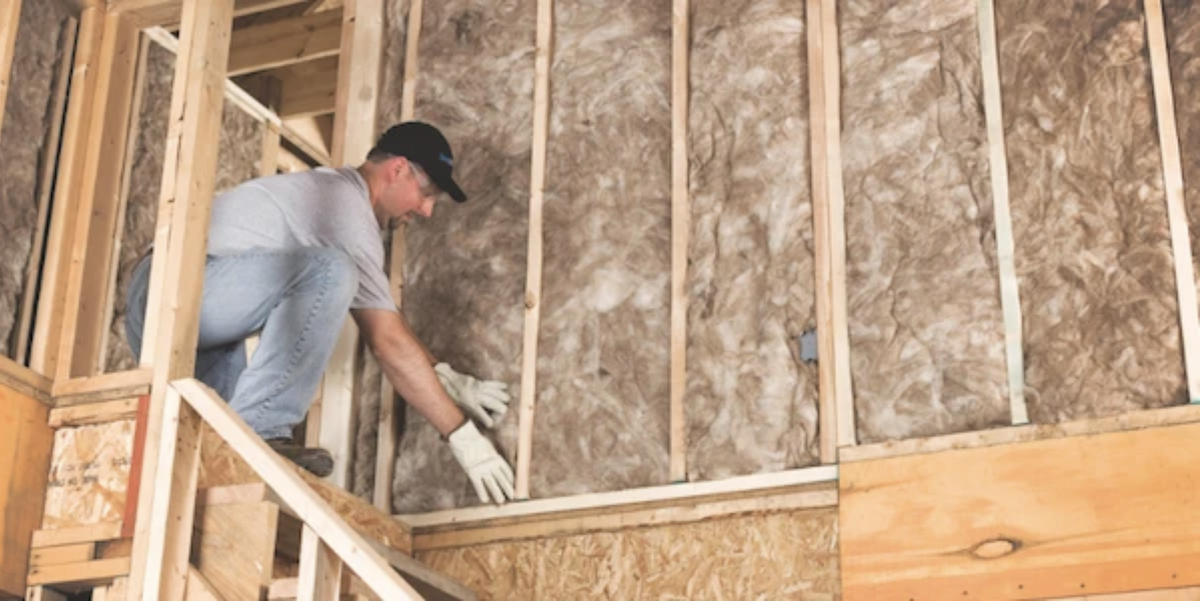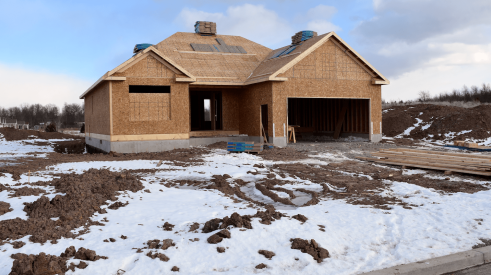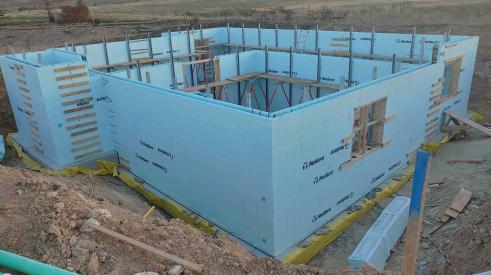Few construction topics bore homebuyers more than house insulation. Building pros, of course, know better. You’re well aware that heating and cooling account for roughly half of the energy used in the average home. And you also know that properly insulating a home helps homeowners save money and makes houses more comfortable.
Fiberglass, cellulose, and foam insulation dominate the house insulation conversation, but the breadth of home insulation products is wide, including cotton, straw, hemp, and sheep’s wool, just to name a few.
Affordable Option: Fiberglass Insulation
Traditionally, the overwhelming choice for production home builders has been batt insulation, which usually means fiberglass insulation but also includes mineral wool.
“Fiberglass and mineral wool batt insulation products are the most versatile on the market,” says Stacy Fitzgerald-Redd, director of communications for the Alexandria, Va.-based North American Insulation Manufacturers Association. “There is a wide range of products and performance levels, allowing builders to achieve optimal R-value within any budget,” she says.
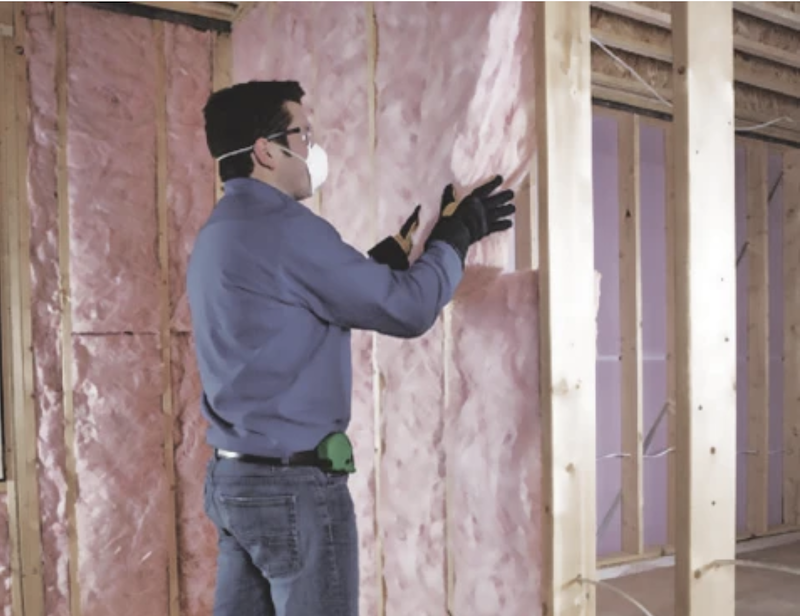
Widely used, fiberglass insulation batts come in various widths for different applications. According to the U.S. Department of Energy (DOE), fiberglass has an R-value between 2.9 and 3.8 per inch of thickness. Manufacturers also produce medium- and high-density fiberglass batt insulation with slightly higher R-values than the standard products—between 3.7 and 4.3 per inch. The denser products are intended for insulating areas with limited cavity space, such as cathedral ceilings.
Batts are inexpensive and straightforward to install, but they’re also easy to mess up. In order to receive a Grade 1 installation from an energy rater, batts must have six-point contact with the stud cavity, the sheathing, and drywall. They have to be cut around electrical junction boxes and split around wires and pipes.
Failing to fill the wall cavities and compressing the fiberglass insulation batts are two of the most prevalent installation mistakes. They’re also the leading causes of poor performance, which is why some green building consultants, architects, and builders recommend other products. Their answer for total fill: cellulose.
Total-Fill Cellulose Insulation
Trisha Henderson, marketing communications specialist at Jenison, Mo.-based cellulose manufacturer Nu-Wool, says that the product’s performance characteristics and easy installation make it a good option.
“Compared to fiberglass, cellulose has a much higher installed density, resulting in a superior R-value, reduced air infiltration, and superb acoustical properties,” Henderson says. “Installing Nu-Wool premium cellulose insulation using the WallSeal System eliminates voids and air pockets common with other insulation materials, reducing air infiltration.”
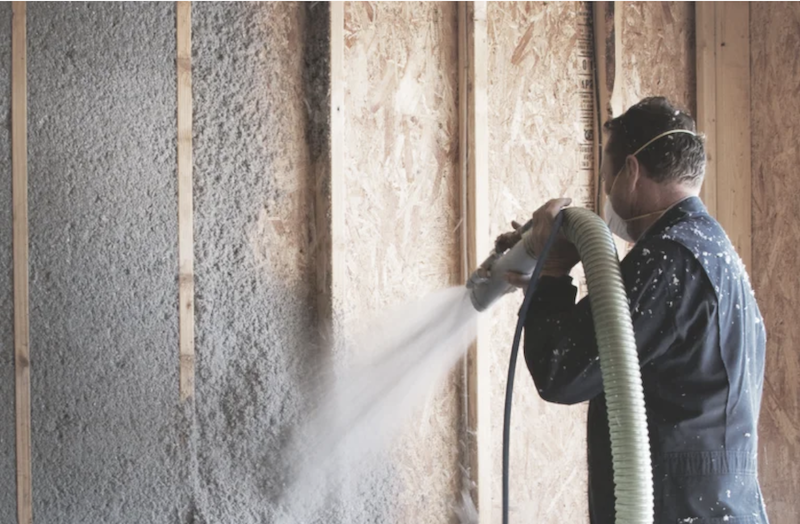
Cellulose is available as a loose-fill product that’s sprayed into attics or dense-packed for wall cavities. The DOE says the product typically requires no moisture barrier and, when installed at proper densities, will not settle in a building cavity.
“When using the right product with proper techniques and equipment, blown-in cellulose allows for a complete fill of wall cavities, sealing around any wires, electrical boxes, or pipes, along with completely filling attic spaces,” Henderson says. Moreover, cellulose batts, she adds, are commonly used to insulate hard-to-reach areas that can’t be accessed with a blown-in cellulose product.
High-Performance Foam Insulation
“Other products are insulation only, but spray-foam insulation is air-impermeable, which allows it to be an air barrier as well as insulation,” says Paul Duffy, VP of engineering at foam manufacturer Icynene, in Mississauga, Ontario. “Typically, what happens with insulation products is that if there’s no air barrier, the thermal performance varies. That could have several consequences—increased heat flow and air leakage that can carry moisture into unwanted places, leading to mold.”
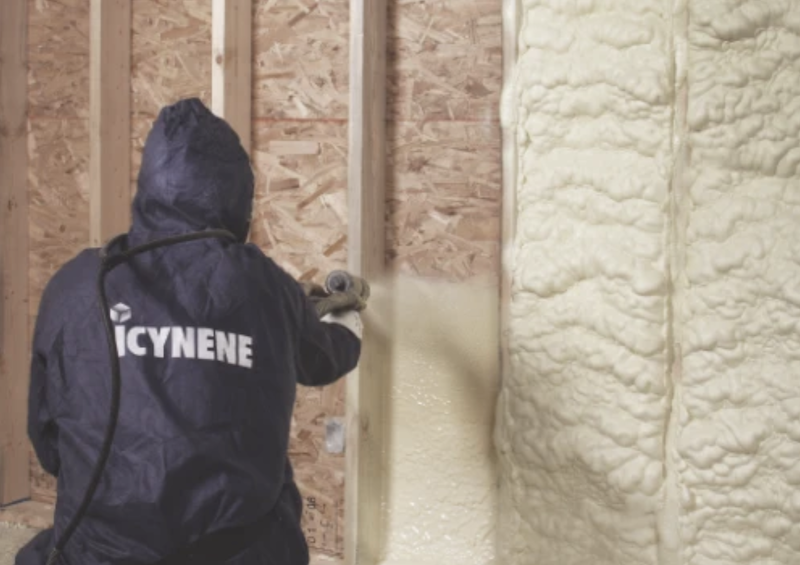
There are two main types of spray foam insulation: open cell and closed cell, each with different characteristics. Open-cell foam is soft and spongy, impermeable to air but permeable to moisture, and according to the DOE, has an R-value per inch ranging from R-3.6 to R-4.3. Once applied, closed-cell foams become rigid and have an R-value range from R-6 to R-7.
Available spray-foam types include cementitious, phenolic, polyisocyanurate (polyiso), and polyurethane.
Assessing Thermal Performance of Insulation
Despite claims that certain types of insulation perform better than others, an ongoing study by Building Science Corp. (BSC), in Westford, Mass., suggests that all insulation delivers the same performance under similar conditions and with proper installation.
As part of the Thermal Metric Project—a multiyear collaborative research effort between BSC and a group of industry partners—test walls (using either 2x4 or 2x6 framing) were built, with five stud cavity insulations and one exterior insulation application. The long-term goal of the research, BSC says, is to develop a better way to assess the thermal performance of building enclosures—one that accounts for known physical heat-flow mechanisms and operating conditions.
A recent BSC research update concludes that when walls are constructed with the same installed R-value in the stud space and are air-sealed inside and out, they all display essentially the same thermal performance regardless of insulation type. It also adds that all of the tested wall assemblies were subject to thermal bridging, regardless of the insulation used.
Builders Weigh In on Their Favorite Insulation Products
Nevertheless, builders have their favorite home insulation type for a variety of reasons. For most production builders, foam is out of the question. For example, Reality Homes, an on-your-lot Pacific Northwest builder, favors fiberglass because it offers a better balance of cost and performance.
Reality Homes has explored other options, such as blown-in fiberglass, but has ruled them out. “Our standard insulation is fiberglass batt,” says Lowell K. Hankel, vice president of Reality Homes. “We don’t do foam in the perimeter walls. Of the nearly 5,000 houses we’ve built, we may have had two people who wanted foam.”
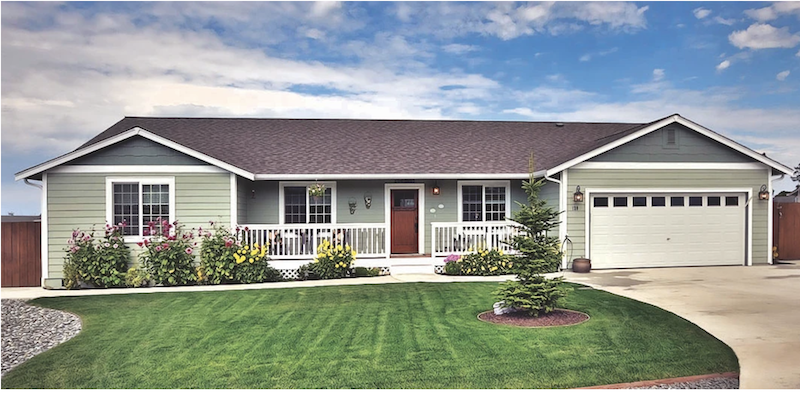
Reality Homes’ general manager, Patrick Eppright, is a fan of foam, but he still thinks fiberglass is a good product. “There are better products than fiberglass batt insulation,” he says, “but we don’t think it’s an inferior product at all.”
Tips on How to Install Cellulose Insulation
Cellulose insulation may be less expensive than foam, but in a dense-pack installation, it has two drawbacks, Philadelphia-based builder Postgreen Homes has found.
First, installing the product requires labor to staple netting to the stud walls prior to blowing insulation into the cavities. And second, the insulation can be heavy and cause drywall to pop off the studs. Postgreen Homes has a nifty solution to the latter issue:
For wall insulation, blow cellulose into the wall cavity through access holes after the interior finish has gone up.
“Installing the drywall first allows the hanging crews to easily glue all sheets to the studs with no hindrances,” the company writes on its blog. “It also eliminates the need to press in the cellulose to get the sheets to lay flat because there is no cellulose. Once this is done, the insulation crew can come through and simply drill holes for their cellulose pumps just like they do for retrofit walls.”
Ann V. Edminster, net-zero energy design consultant, says cost is the reason that use of fiberglass batts is so widespread in home building. “It’s cheap,” says Edminster, founder and managing principal of DesignAvenues. “Builders have been shielded from the hidden costs, which are generally borne by the homeowners in terms of thermal performance deficits, comfort issues, and moisture/durability risks.”
“It’s extremely hard to do a good job insulating with fiberglass batts, and few installers—at least here in California—are trained or expected to meet quality installation standards, even when the certification programs call for them,” she continues. “Sad to say, speed rules; the faster the insulation goes in, the happier the insulation firms are. And, of course, speed is generally the enemy of quality.”
Alan Gibson, partner and co-founder of the Belfast, Maine, design/build firm GO Logic Homes, also isn’t a fan of batts. “If you look at just the R-value in an airtight cavity, [batts] will give you that R-value, but if there is no attention paid to air sealing the shell, then it’s pretty much an air filter that performs poorly in a cavity with some air movement in it.”
“It’s extremely hard to do a good job insulating with fiberglass batts, and few installers—at least here in California—are trained or expected to meet quality installation standards, even when the certification programs call for them.” —Ann Edminster, net-zero energy design consultant
Gibson says that builders and architects should choose home insulation based on its general effectiveness per inch, environmental impact, and cost. So which insulation does GO Logic use? “Our walls are typically 2x6 and insulated with blown-in cellulose,” he says. “It’s a great choice for high-performance buildings because, in a dense-pack application, it helps with air sealing, although it’s not considered an air-sealing material. It’s very dense, so less air can move through it [than with] fiberglass batt insulation.”
Cellulose, Gibson explains, is inexpensive and is not energy-intensive to produce. His second option is blown-in fiberglass because it has a higher R-value (about 4.2) per inch. “But fiberglass is not recycled and has a higher embodied energy, so those are reasons not to use it,” he adds.
Another product that Gibson eschews is spray-foam insulation. It’s not only a petroleum-based product, he explains, but it also requires the use of blowing agents. “Foam does save money and does lower your energy bill,” he says, “but if the goal is to reduce the impact of climate change, it’s not helping at all.”
RELATED
Noted green builder and blogger Matt Risinger doesn’t agree. Open-cell is the default choice for his new homes or whole-house renovations, if the budget permits. “I’m a big fan of foam for this climate zone,” says Risinger, principal of Risinger Homes, in Austin, Texas. “It works really well, it’s got some air-sealing abilities, and it’s a total-fill product.”
Risinger builds mostly unvented attics, so foam allows him to encapsulate the attic roof and put all the ductwork in the conditioned spaces of the house.
Choosing Insulation: Production Builders' Cost Concerns
Cost is the primary complaint that production builders have against foam, and its price difference is significant. Reality Homes says foam would cost it about $4,000 to $5,000 more per house.
Risinger says the cost for a 2,000-square-foot home in foam versus fiberglass is about $3,000 to $4,000 more. If the budget is slim, he opts for blown-in fiberglass and dense-pack cellulose, but even then, he uses spray foam under the roofline.
Icynene’s Paul Duffy says that builders who balk at foam because of cost are evaluating the product incorrectly. “If you’re replacing R-value with R-value, it’s the most expensive product,” Duffy admits. “But if you’re looking to replace insulation, air barrier, water-resistant barrier, and vapor barrier with one product, spray foam tends to be about 10 percent to 15 percent less expensive.”
This realization is one of the reasons why more production builders are adopting foam, Duffy says. While penetration in this market is low, large builders are committing to energy efficiency as part of their overall product offering, he points out.
“One of the leaders is Meritage Homes,” Duffy says. “They’ve basically adopted an all-spray-foam specification for their new homes in markets like Arizona, Texas, and the Carolinas.” Meritage has found that the product acts as air barrier and insulation, so there’s no need to vent attics, test ductwork, or air-seal attics. “They’ve been able to get incremental cost down in the range of $1,000 per home or less,” Duffy says. Toll Brothers also is experimenting with foam, he adds.
In the end, BSC’s research confirms what some experts have long said: Any insulation works well if properly installed and if the home is well-sealed. It may mean the house won’t be built and delivered as fast, but at least your buyers won’t be losing money out of a leaky, under-insulated home.
Nigel F. Maynard writes about building and design for various consumer and business publications.
Advertisement
Related Stories
Insulation
Revolutionizing Construction with the Use of Nudura® ICFs at Divi Little Bay Beach Resort
The $20 million addition to the luxury Divi Little Bay Beach Resort on the island of St. Maarten involved three connecting, four-story buildings…
Products
Building Products for Cold Climates and Cold-Weather Construction
A range of building products and materials suited to cold-weather construction
Insulation
Rebuilding From the Wreckage With Nudura ICFs
Learn how Nudura ICFs bring safety and protection to a Colorado family


